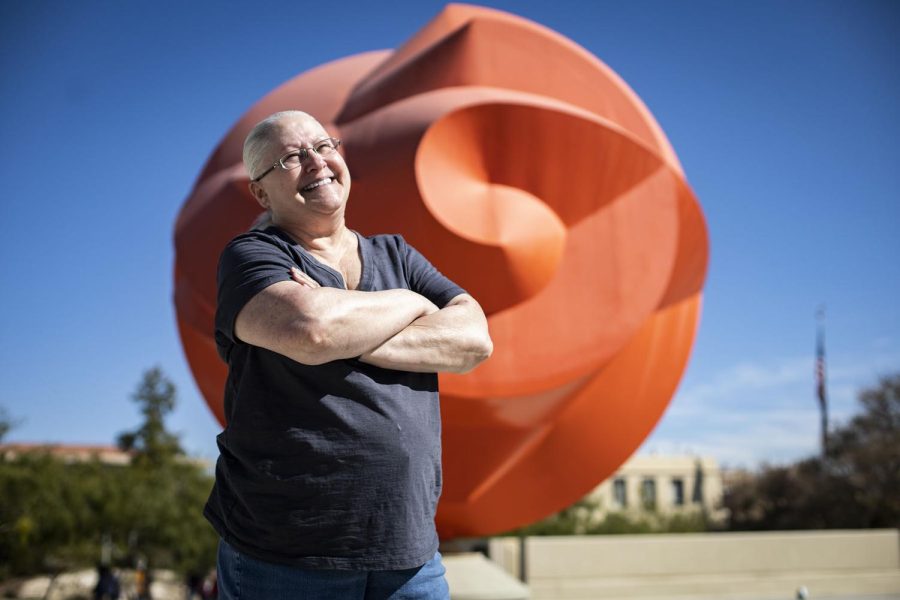Editor’s note: This is the second of a three-part series on the reasoning and the impact of climate change protests through attacks on art.
News has spread around the world regarding a series of attacks on several invaluable art pieces by the Just Stop Oil coalition and other climate activists, such as Van Gogh’s “Sunflowers,” Johannes Vermeer’s “Girl with a Pearl Earring,” and most recently Edvard Munch’s “The Scream.”
Although protests at art museums are not something new, they still spark a discussion amongst people and raise the question, “are these protests actually effective?”
Art history professor, Anne Perry expresses her opinion about the situation, saying she is completely for protests and supports the cause, yet she feels that they are attacking the wrong target. Acknowledging the point these coalitions are trying to show, about how in the future if our planet is dead this artwork will not matter, she explains how it might be more effective to target art that belongs to those who profit from the destruction of the planet.
“Why go after these works of art that are famous, to get attention?” Perry said. “If they really wanted it to be about art why not go to the Metropolitan and go to various collections that were purchased by robber barons? I’m talking about the Rockerfellers, actually. They made huge donations of art (to the MET).”
The situation has become a political statement and Perry points out the fact that when campaigns come around, candidates pay more attention to gas prices and not so much about climate change, wishing they would do more about it.
“We get so oblivious, right now everyone is worrying about the economy and couldn’t care less about the climate,” Perry said. “Everything is so political, we don’t have each other’s well-being in mind at all, it’s just about politics. I think we honestly could bring about the destruction of this planet and are willing our way in doing it. The point these protests are trying to make is valid.”
Despite the protests gaining media coverage after the attacks on museums, there is still no accurate data proving these are effective in making a difference in the decisions big oil companies take.
“Anybody in their right mind with any awareness at all is absolutely sympathetic to the cause, and yet my first impression is, are (their) actions really gaining enough support and interest for difference to be made? And I don’t think we have enough data to really answer that question,” Perry said.
Thankfully, for art aficionados, Perry said the activists do research the work they target and choose those protected by glass, such as the “Monalisa” which is behind bulletproof glass, ensuring no major damage happens to these artworks.
If that was not the case, these attacks would push museums to protect these invaluable artworks which have transcended history.
“In terms of the art I have mixed feelings, of course I support these people who are trying desperately to make a difference and I admire the fact that they are doing something,” Perry said. “But as an art historian I can’t possibly condone what they chose to do. I am invested emotionally in these artworks.”
Maria L. Guerrero Duran is the web and copy editor and may be reached at [email protected]; @bymariaguerrero on Twitter and Instagram .












